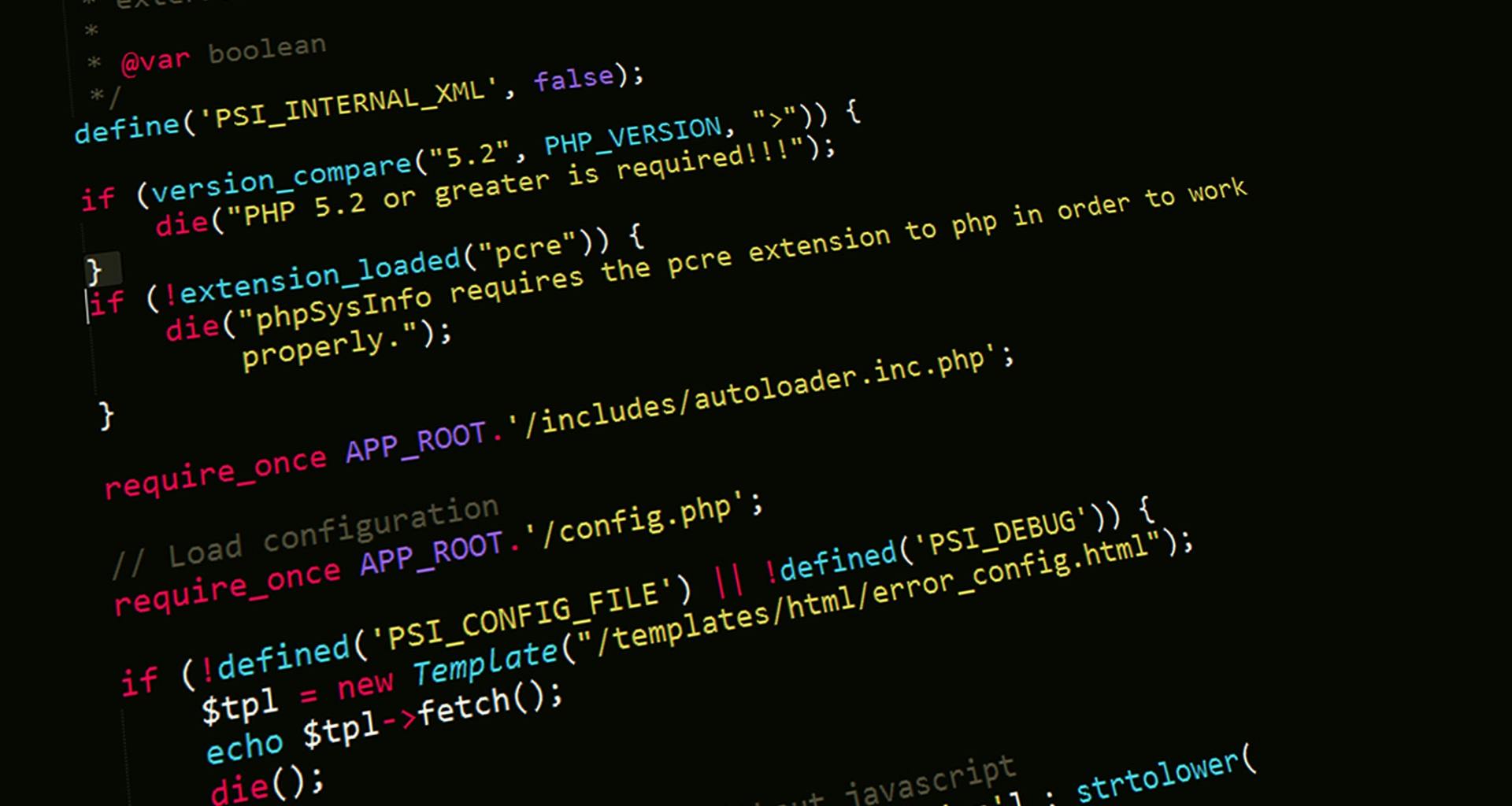Are You Using ChatGPT’s Canvas? I Find It Slightly Frustrating
Understanding the Limitations of ChatGPT’s Canvas Feature
As users of AI-powered tools continually seek more seamless interactions, many have experimented with features like ChatGPT’s Canvas. While the idea behind Canvas is to enhance creative workflows, some users find it adds unnecessary complexity rather than value.
I’ve personally found Canvas to be somewhat frustrating. The core issue stems from the fact that we already have a chat interface capable of handling dynamic conversations. Introducing Canvas as an additional layer seems redundant and, at times, counterproductive. Once you establish a Canvas, the AI loses the flexibility to “forget” or “undo” specific inputs. This rigidity can lead to a cluttered context, especially when adjustments or corrections are necessary.
In practical terms, Canvas acts as a barrier to fluid communication. If I’m not satisfied with the AI’s output, I should be able to revise my message without the system being anchored by previous Canvas data. Unfortunately, the current setup hampers this adaptability, making it challenging to maintain a clean and accurate conversational flow.
In summary, although Canvas aims to elevate user experience, it can inadvertently introduce constraints that hinder the very flexibility users expect from an interactive AI. As the technology evolves, I hope future updates will address these usability concerns, making the tool more intuitive and user-friendly.














Post Comment